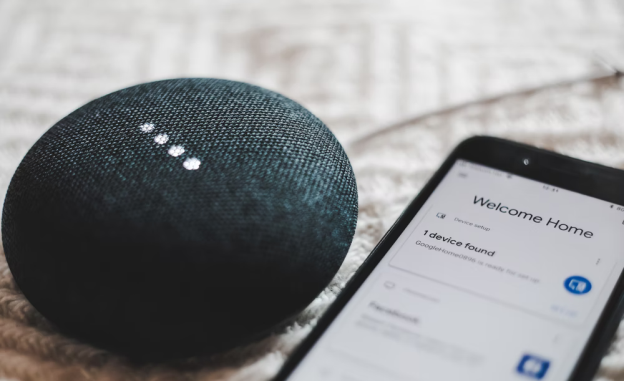
The newest research by NordVPN shows that 88% of users own some kind of Internet of Things device in their household. Almost half of them put the responsibility for the security of those devices on manufacturers and therefore do nothing to protect them.
Cybersecurity experts worry that users put too much responsibility on manufacturers, and that makes them vulnerable. This is especially true considering that cybercrime is growing worldwide. In fact, if it were measured as a country, then cybercrime — which is predicted to inflict damages totaling $6 trillion globally in 2021 — would be the world’s third-largest economy after the U.S. and China.
“Internet of Things devices are known as some of the most vulnerable to hackers’ attacks both because of the valuable information they collect and the weak security measures they usually have installed. So, the fact that only 55.9% of research respondents felt the obligation to protect them shows that users don’t understand how rushed the manufacturing of those devices can be,” cybersecurity expert from NordVPN Daniel Markuson comments.
What is the problem with IoT devices?
IoT devices, by their very nature, collect and send information. This might be done securely and for a specific purpose, such as an encrypted message to tell your heating to turn off. But it might also be leaky, either through bad encryption (or none at all) or through giving away extra information. For example, the internet-connected camera on your front door might let you know when a visitor is there, but, if someone else is watching, it could also reveal when the house is empty, or when children are home alone. In 2020, dozens of Amazon Rings were hacked, resulting in a lawsuit against the company.
“IoT device makers are in a rush to sell the gadgets as quickly as possible. This means that they are shipping them out with the minimum features required for them to function, shortening the development process and cutting costs as much as possible. This is great for device makers, but horrible news for consumers. When things are rushed, they leave huge gaps in security,” Daniel Markuson adds.
User behavior is just one extra aspect of a potential security vulnerability in light of all the technical and structural issues. Still, there are often simple steps we can all take to improve the security of the devices and networks in our homes or offices.
Who is responsible for the safety of devices?
The research found that people mostly put the responsibility on themselves (55.8%), manufacturers (41.4%), and the government (18%).
“It is difficult to answer this question, as all the mentioned parties are responsible in different ways. Governments play a big part in creating security standards for the devices. Manufacturers are responsible for implementing those standards and developing better technology. And users can ruin all of that work by doing nothing to protect their devices. Hackers are quick to find new ways of getting closer to our data, and we have to unite to stay safe and private,” Daniel Markuson from NordVPN shares his thoughts.
What can be done to protect the privacy of IoT devices?
While we cannot control the work of the government and manufacturers, we can do our best in preventing hackers’ attacks. Here are some recommendations from Daniel Markuson:
Look into the privacy issues associated with the devices you purchase. Review tech sites that dig into privacy and security issues or buy devices certified by organizations like ioXt.
Change the passwords. As soon as you set up your smart device, change its default login and password. And make sure you use a different one for every account. Use a secure password manager like NordPass if you forget passwords easily.
Update regularly. Once a month, go over your devices and check if there are any updates, or set them to update automatically. Updates often include patches for known bugs and security loopholes, so don’t skip them.
Turn off features you don’t use. Speakers and microphones are not always necessary, but they are very useful in a criminal’s hands. The same goes for the Wi-Fi connection in your fridge and similar features. It’s an unnecessary risk, so consider disabling them.
Use a VPN to secure your connection. Install a VPN on your Wi-Fi router to protect your whole network with encryption. With a VPN on your router, every device that connects to it will be safe from snoopers and data theft.
You will find more information on possible vulnerabilities and the ways to be protected on NordVPN’s research page.
ABOUT NORDVPN
NordVPN is the world’s most advanced VPN service provider used by over 14 million internet users worldwide. NordVPN provides double VPN encryption, malware blocking, and Onion Over VPN. The product is very user-friendly, offers one of the best prices on the market, has over 5,000 servers in 60 countries worldwide, and is P2P-friendly. One of the key features of NordVPN is the zero-log policy. For more information: nordvpn.com.
